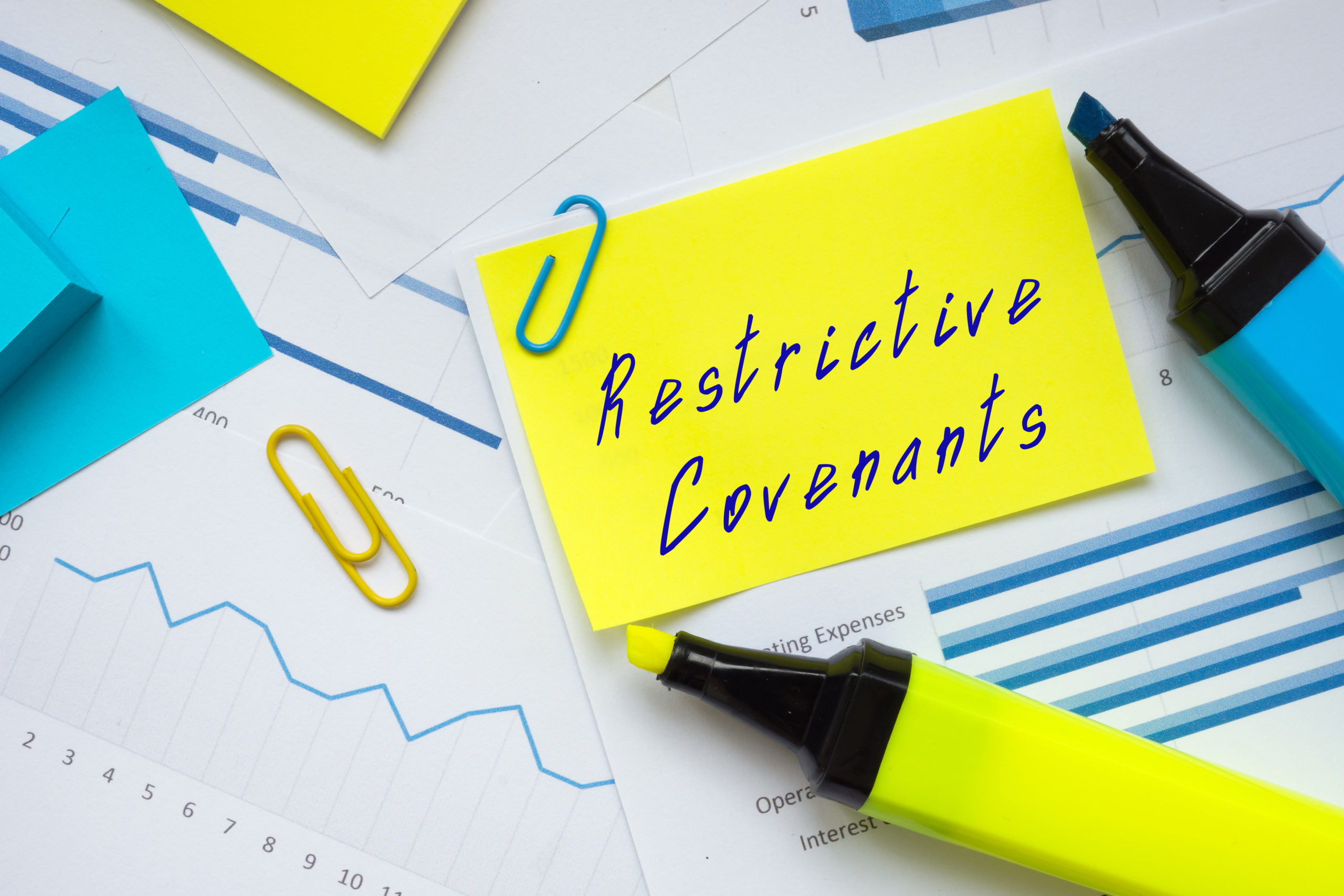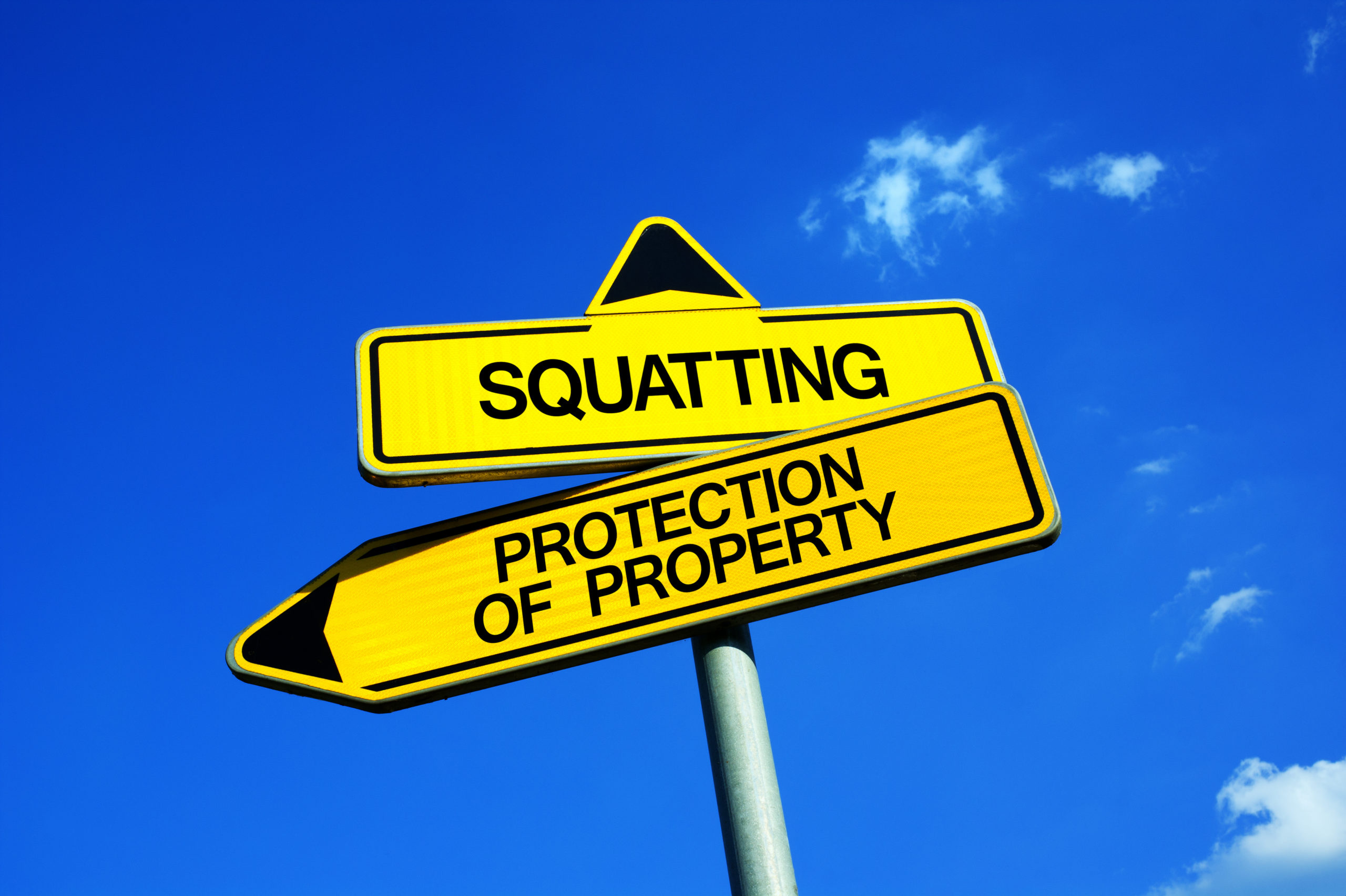How hot is too hot to work?
After the hottest day on record for the UK, it’s no surprise that there was mass disruption across the country. Here, Lucy Flynn questions ‘how hot is too hot to work’ and looks at what employees and employers can do to prevent temperatures from rising in the workplace.
Ahead of the heatwave that hit the UK on 18 July 2022, during which temperatures in some areas were expected to reach 40oC, the UK government issued a Red Extreme Weather Warning. On 19 July 2022, the UK Met Office Weather Agency reported that parts of the South and North-West of England saw the mercury going past 40oC in 29 UK locations. Reports of broken-down cars engulfed in flames and wildfires spreading across London housing estates were rife and with over 1,100 heat-related deaths recorded across Europe in the space of 48 hours, people who found themselves stuck in the office throughout the heatwave began to question ‘how hot is too hot to work?’
In the UK, to protect employees from being too cold, there is legislation in place to ensure that any office work environment meets a minimum working temperature of 16oC. However, there is no corresponding maximum working temperature to prevent employees being too hot at work. Despite this lack of regulation, an employer must provide a working environment which is, as far as is reasonably practical, safe and without risks to health. The Health and Safety Executive (HSE) tells employers that they need to keep the working environment a ‘reasonable temperature for the thermal comfort of employees’. What is reasonable is therefore entirely subjective.
As such, whilst employees have no legal right to say it is too hot to work, employers have a legal duty to ensure employees are safe in the workplace. Factors to consider when looking at whether the temperature at work is reasonable will differ depending on the line of work. For example:
- Some employees are subjected to high workplace temperatures year-round, such as kitchen staff, hospital-based staff and some manufacturing staff, making it difficult to define what temperatures would be too high for the comfort of these employees; and
- Those who primarily work in an outdoor environment may also have to deal with exposure to Ultra-Violet (UV) light and the increased risk of sunburn or heat stroke during a heatwave.
What can employers and employees do to keep things cool in the workplace?
Employees concerned about high temperature affecting their health and safety at work should raise this with their employers. The employer has a legal duty to look after the health and safety of its employees and must:
- consider any issue raised in this regard
- conduct a risk assessment
- take the necessary actions to make the sure that the workplace temperature is at a comfortable level for their employees.
Consideration should be given to taking steps such as allowing staff to work from home, providing fans, ventilation, water, shade and sun cream where necessary, and making short-term adjustments to hours of work, break times or clothing expectations.
Whilst many have wanted to dress down at work over the past couple of days, employees should be aware that in industries where uniform and personal protective equipment (PPE) is fundamental to their safety, such as construction, healthcare services or manufacturing, employers may still insist staff adhere to the uniform or PPE policy regardless of the weather or temperature. Where the risk to the health and safety of workers is too large to justify a relaxation of the uniform or PPE policy, employers may have had to think about other ways to help keep their staff cool. However, in industries where the safety of employees isn’t dependent upon their wearing of uniforms and/or PPE, employers can adapt short-term adjustments to uniform policy or dress codes to help staff cope with high workplace temperatures.
Employers should also take care to factor individual circumstances into consideration. For example:
- Taking care of any staff more susceptible to heat stress, such as pregnant or menopausal employees or those with heart conditions
- Considering the conditions on the roads and whether they are safe for employees who drive to work
- In respect of public transport, which may be under extreme stress and operating under a restricted service, considering whether staff relying upon it to get to work are able to travel.
Although the Trades Union Congress workers union (TUC) has called for there to be a maximum temperature of 30oC for those working indoors and has pushed for more protection in place for people working outside or driving for a living, there is still no legislation in place.
This heatwave broke records, which in many cases were only set in the last few years. It seems a certainty this this won’t be the last spell of such severe heat. So, what can UK employers do to prepare for a global warming fuelled hotter future?
- Consider infrastructure of premises and the surrounding environment (such as insulation against cold and heat and more focus on insuring transport systems are better prepared for extreme weather)
- Looking at practical solutions – such as making fans, fridges and water fountains readily available
- Adopting a hot weather policy to deal with things like dress code, attendance at work and flexible working hours
- Learning from our neighbours – Mediterranean countries are well-versed in functioning in hot weather and have good practices for coping with heat.
If you are dealing with an employment related issue or would like guidance from our specialist Employment Team, don’t hesitate to contact us via email at beyondemploymentteam@beyondcorporate.co.uk
By Lucy Flynn
















































































